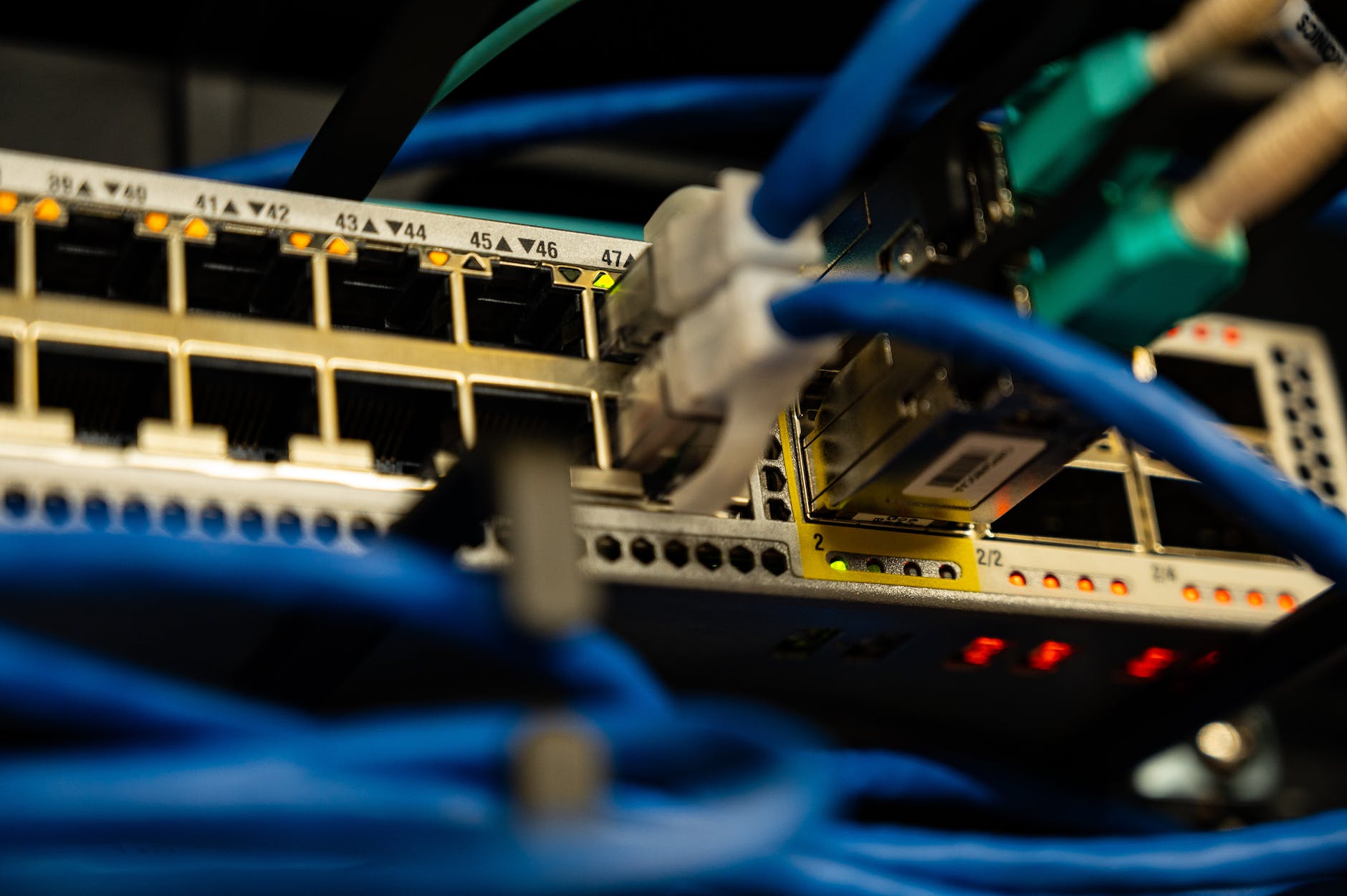The cost of Cloud Services vs On-premises for various application stages depends on several factors, including the type of deployment model, server specifications, infrastructure and maintenance costs, IT maintenance costs, network traffic costs, energy costs, labor costs, and more. Cloud infrastructure is a more cost-effective option than on-premises deployment for businesses, as it eliminates large upfront investment, maintenance, upgrades, energy consumption, or hiring IT staff to manage the system. Cloud-based solutions are cheaper than on-premises infrastructures because you don’t need to replace the hardware. However, there can be instances where an on-premises IT infrastructure is cheaper than a cloud-based solution. A comprehensive comparison between on-premises and cloud costs is necessary to determine which environment is cost-effective
The cost of cloud services versus hosting or installing a product can vary significantly based on the stage of your product development and usage levels. Here’s a breakdown of how costs might differ across different stages:

- MVP (Minimum Viable Product) Stage:
- Cloud Services: Using cloud services like AWS, Azure, or Google Cloud can offer cost-effective solutions for MVPs. Many cloud providers offer free tiers or credits for new users, making it a favorable choice for startups and small businesses in the initial stages.
- PROS:
- Pay-as-you-go pricing: You only pay for the resources you use, which can be ideal for a small user base and unpredictable usage patterns.
- Faster scaling: Easily scale up resources to accommodate unexpected growth without upfront investment.
- Lower maintenance: No need to manage your own infrastructure.
- CONS:
- Potentially higher cost per unit: Compared to hosted/installed options, cloud services might be more expensive per unit when usage is low.
- Vendor lock-in: Switching cloud providers can be complex and costly.
- PROS:
- Hosted/Installed: Hosting or installing a product on dedicated servers or infrastructure might involve higher upfront costs. Purchasing hardware, software licenses, and maintaining infrastructure can be expensive, especially for small-scale projects.
- Pros:
- Lower upfront cost: Can be cheaper than cloud services, especially for small applications.
- More control: You have full control over the infrastructure and software.
- Cons:
- Limited scalability: Difficult and expensive to scale up resources during growth.
- Higher maintenance: Requires IT staff to manage the infrastructure and software.
- Pros:
- Cloud Services: Using cloud services like AWS, Azure, or Google Cloud can offer cost-effective solutions for MVPs. Many cloud providers offer free tiers or credits for new users, making it a favorable choice for startups and small businesses in the initial stages.
- Launch Stage:
- Cloud Services: As your product gains traction and the user base increases, cloud service costs may begin to rise. However, cloud services offer scalability, allowing you to adjust resources based on demand. Costs may go up as you require more server capacity, storage, or additional services.
- PROS:
- Elasticity: Easily scale resources up or down to meet fluctuating demand during launch.
- Global reach: Deploy your application in multiple regions to improve performance and availability.
- CONS:
- Unpredictable costs: Usage could spike unexpectedly, leading to high bills.
- PROS:
- Hosted/Installed: Upfront costs for dedicated servers and infrastructure might have been incurred earlier. However, if usage surges at the launch, there might be additional expenses for scaling up hardware, adding servers, or improving infrastructure to accommodate increased traffic.
- PROS:
- More predictable costs: Fixed monthly or annual fees provide clearer budgeting.
- CONS:
- Scalability issues: Scaling up quickly might be difficult or expensive.
- Performance bottlenecks: Your infrastructure might not be able to handle high traffic.
- PROS:
- Cloud Services: As your product gains traction and the user base increases, cloud service costs may begin to rise. However, cloud services offer scalability, allowing you to adjust resources based on demand. Costs may go up as you require more server capacity, storage, or additional services.
- High Usage Stage:
- Cloud Services: At this stage, cloud service costs can become significant. While they offer scalability, the pay-as-you-go model means increased usage correlates with higher expenses. Optimizing resource usage, utilizing reserved instances for predictable workloads, and implementing cost management strategies become crucial.
- PROS:
- Cost optimization: Leverage reserved instances or spot markets for cost-effective resource allocation.
- High availability and disaster recovery: Built-in features like redundancy and backups ensure uptime and data protection.
- CONS:
- Complex management: Optimizing cloud costs and managing large-scale deployments requires expertise.
- PROS:
- Hosted/Installed: Costs for maintaining and upgrading hardware, licenses, and infrastructure in the hosted/installed model continue. However, scaling can be more complex and expensive than cloud services. High usage may necessitate significant investments in expanding server capacity and optimizing infrastructure for performance.
- PROS:
- Potential cost savings: If you have predictable usage patterns, owning your infrastructure can be cheaper in the long run.
- CONS:
- High maintenance burden: Managing large-scale infrastructure requires significant IT resources.
- Limited scalability: Further scaling might require significant infrastructure upgrades.
- PROS:
- Cloud Services: At this stage, cloud service costs can become significant. While they offer scalability, the pay-as-you-go model means increased usage correlates with higher expenses. Optimizing resource usage, utilizing reserved instances for predictable workloads, and implementing cost management strategies become crucial.
Factors influencing cost variations between cloud services and hosted/installed models across stages include:
- Scalability: Cloud services offer flexibility to scale resources up or down based on demand, while hosted/installed solutions may require more upfront investment for scaling.
- Maintenance and Support: Cloud services often include maintenance and support in the subscription cost, whereas for hosted/installed setups, you might need a dedicated team or outsourced support, adding to expenses.
- Upfront vs. Ongoing Costs: Hosted/installed solutions often have higher initial setup costs, while cloud services typically involve ongoing operational expenses that can fluctuate with usage.
Ultimately, the choice between cloud services and hosted/installed solutions should consider factors like flexibility, scalability needs, budget constraints, and the stage of your product. Many companies often leverage a hybrid approach, utilizing both cloud and on-premises solutions to optimize costs and performance based on specific requirements.
Choosing between Cloud Services and hosted/installed options depends on several factors, including:
- Expected usage: Cloud services are better for unpredictable usage patterns, while hosted/installed might be cheaper for predictable workloads.
- Scalability needs: Cloud services offer superior scalability, crucial for rapidly growing products.
- Budget: Consider upfront costs vs. long-term costs based on your usage projections.
- Technical expertise: Managing cloud infrastructure requires expertise, while hosted/installed options might be easier for smaller teams.
It’s important to evaluate your specific needs and future roadmap to make an informed decision about the best option for your product at each stage.
I hope this breakdown helps!












